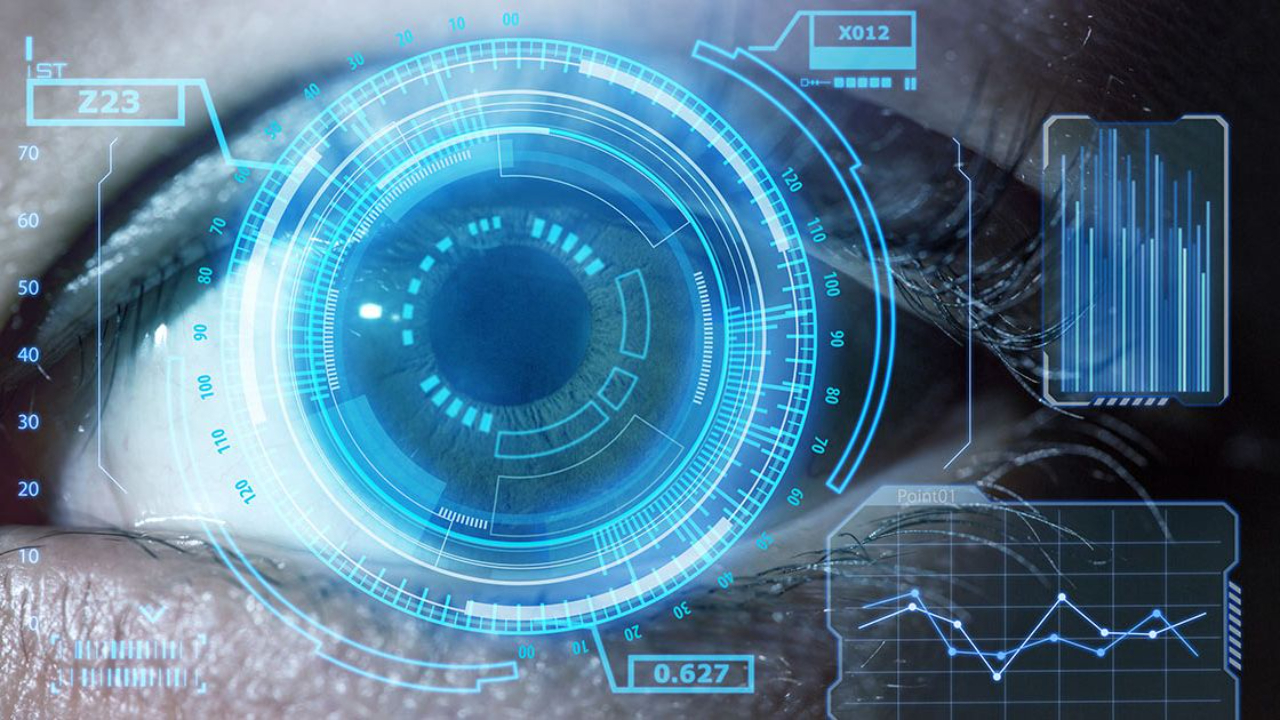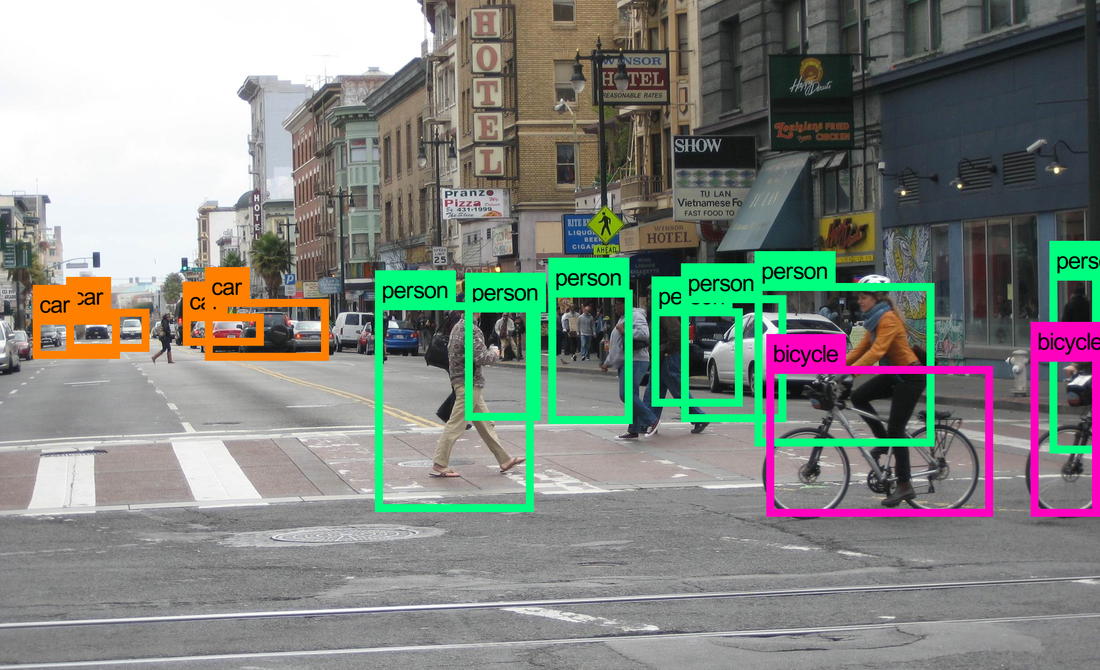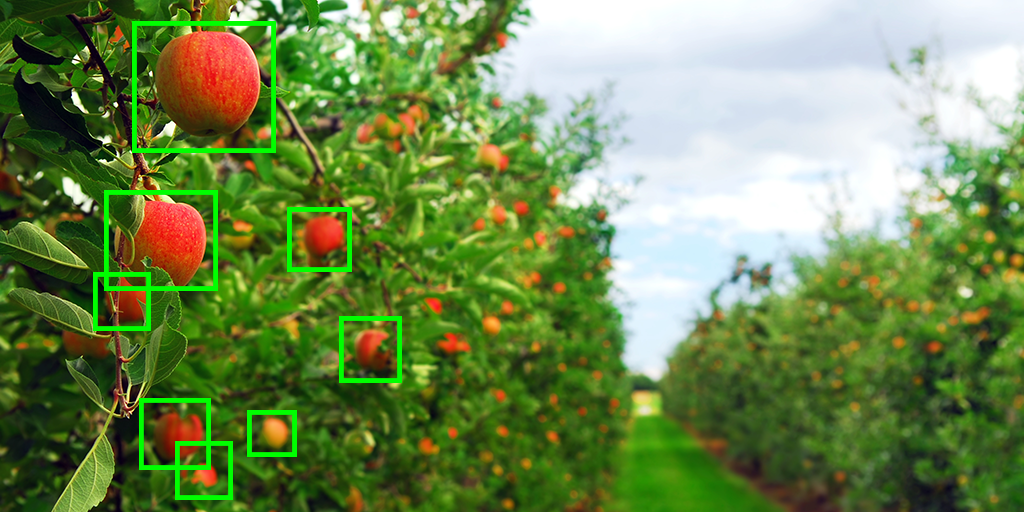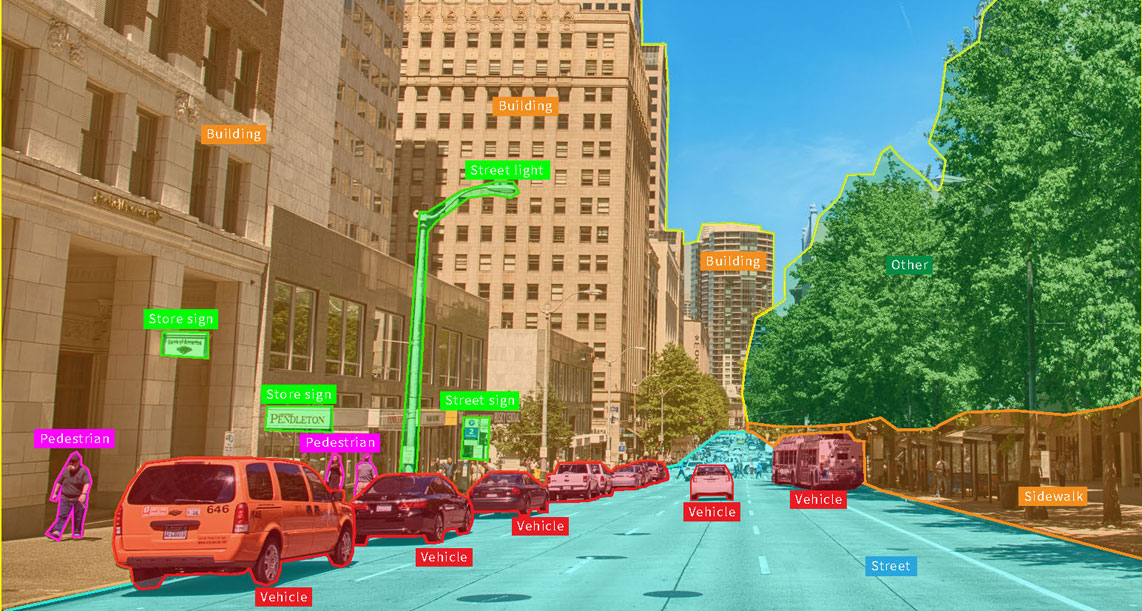Why is Computer Vision More Than Just Applied Machine Learning?
May 31, 2023
In today's rapidly evolving technological landscape, computer vision has emerged as a game-changing field with immense potential. While often associated with machine learning, computer vision encompasses far more than just its application in this domain. This article delves into the depths of computer vision, exploring why it extends beyond machine learning and how it is revolutionizing various industries. Join us on this captivating journey as we unravel the mysteries of computer vision and uncover its extraordinary capabilities.
Why is Computer Vision More Than Machine Learning Applied?
Computer vision, as a discipline, goes beyond the realm of machine learning and artificial intelligence (AI) applications. While machine learning plays a significant role in computer vision, it is essential to understand that computer vision is not solely reliant on this aspect. Let's explore some compelling reasons why computer vision is more than just machine learning applied.
1. Contextual Understanding: Beyond Machine Learning Algorithms
Computer vision goes beyond the mere application of machine learning algorithms. It involves the extraction, interpretation, and understanding of visual data in a broader context. While machine learning algorithms aid in pattern recognition and decision-making, computer vision strives to comprehend visual information holistically, taking into account the surrounding environment, context, and semantic meaning.
2. Multidisciplinary Approach: A Fusion of Technology and Domain Expertise
Computer vision is an amalgamation of various disciplines, combining technology, mathematics, and domain expertise. It draws from fields such as image processing, pattern recognition, computer graphics, and optics, among others. By harnessing knowledge from these diverse areas, computer vision tackles complex challenges that surpass the boundaries of machine learning alone.
3. Perception and Interpretation: Bridging the Gap
One of the primary goals of computer vision is to enable machines to perceive and interpret visual information as humans do. While machine learning facilitates recognition and classification, computer vision aims to bridge the gap between raw visual data and meaningful interpretations. It strives to replicate human-like visual perception, enabling machines to understand and interact with the world in a more nuanced manner.
4. Real-Time Analysis: Beyond Learning from Data
Computer vision extends beyond the conventional learning paradigm of machine learning. While machine learning algorithms typically rely on large amounts of data to train models, computer vision encompasses real-time analysis and decision-making. It enables systems to process and interpret visual data instantaneously, facilitating applications such as object detection, tracking, and augmented reality.
5. Versatility Across Industries: Transforming Diverse Sectors
The applications of computer vision span across a wide array of industries, showcasing its versatility beyond machine learning applied. Let's explore how computer vision is revolutionizing different sectors:
Healthcare Industry
Computer vision is enhancing medical diagnostics and imaging, aiding in the detection and analysis of diseases from medical images. It assists in identifying abnormalities, tracking disease progression, and enabling precise surgical interventions.
Automotive Industry
Computer vision plays a crucial role in autonomous vehicles, enabling them to perceive the environment, identify objects, and navigate safely. It assists in tasks such as lane detection, pedestrian recognition, and traffic sign interpretation.
Retail Industry
In the retail sector, computer vision enables personalized shopping experiences, automated inventory management, and cashierless checkout systems. It facilitates tasks such as product recognition, shelf monitoring, and customer behavior analysis.
Security and Surveillance
Computer vision enhances security systems by enabling facial recognition, object tracking, and anomaly detection. It aids in surveillance, crowd monitoring, and threat identification, bolstering safety measures in various settings.
Entertainment and Gaming
Computer vision transforms the entertainment and gaming industry through augmented reality (AR) and virtual reality (VR) experiences. It enables immersive interactions, gesture recognition, and facial expression analysis, creating captivating user experiences.
Agriculture and Farming
Computer vision finds applications in agriculture, facilitating crop monitoring, yield estimation, and disease detection in plants. It enables precision farming, optimizing resource allocation and improving agricultural practices.
FAQs About Computer Vision
FAQ 1: What is the difference between computer vision and machine learning?
Computer vision focuses on the extraction, interpretation, and understanding of visual data, while machine learning revolves around the development of algorithms that learn from data to make predictions or take actions.
FAQ 2: Can computer vision operate in real-time?
Yes, computer vision can operate in real-time, enabling systems to process and interpret visual data instantaneously for various applications.
FAQ 3: How does computer vision benefit the healthcare industry?
Computer vision assists in medical diagnostics, disease detection, and surgical interventions by analyzing medical images and identifying abnormalities.
FAQ 4: Is computer vision limited to the field of artificial intelligence?
While computer vision is closely associated with artificial intelligence, it extends beyond this field, incorporating multidisciplinary approaches and expertise from various domains.
FAQ 5: How is computer vision transforming the automotive industry?
Computer vision plays a pivotal role in autonomous vehicles by enabling them to perceive the environment, identify objects, and navigate safely, enhancing the future of transportation.
FAQ 6: What are the challenges faced by computer vision?
Computer vision faces challenges such as occlusion, illumination variations, and complex scene understanding. Overcoming these challenges requires advanced algorithms and robust data sets.
Conclusion
Computer vision, with its vast potential, goes far beyond being solely an application of machine learning. It encompasses contextual understanding, a multidisciplinary approach, and real-time analysis. Its impact extends across diverse industries, revolutionizing healthcare, automotive, retail, security, entertainment, and agriculture. As computer vision continues to evolve, it will unlock new opportunities and transform the way we perceive and interact with the world. Embracing this groundbreaking technology opens doors to limitless possibilities.
Ready to up your computer vision game? Are you ready to harness the power of YOLO-NAS in your projects? Don't miss out on our upcoming YOLOv8 course, where we'll show you how to easily switch the model to YOLO-NAS using our Modular AS-One library. The course will also incorporate training so that you can maximize the benefits of this groundbreaking model. Sign up HERE to get notified when the course is available: https://www.augmentedstartups.com/YOLO+SignUp. Don't miss this opportunity to stay ahead of the curve and elevate your object detection skills! We are planning on launching this within weeks, instead of months because of AS-One, so get ready to elevate your skills and stay ahead of the curve!
Stay connected with news and updates!
Join our newsletter to receive the latest news and updates from our team.
Don't worry, your information will not be shared.
We hate SPAM. We will never sell your information, for any reason.







![AI In Agriculture [NEW]](https://kajabi-storefronts-production.kajabi-cdn.com/kajabi-storefronts-production/file-uploads/themes/2153492442/settings_images/f3fdf8-e3fc-6bce-d26-2adc20ba5c0a_1e6bab8-d7b-d76c-e28c-fa6d513e45d_7138c16-f641-8fdf-e206-2bcac503bc5_AI_AGRI.webp)


